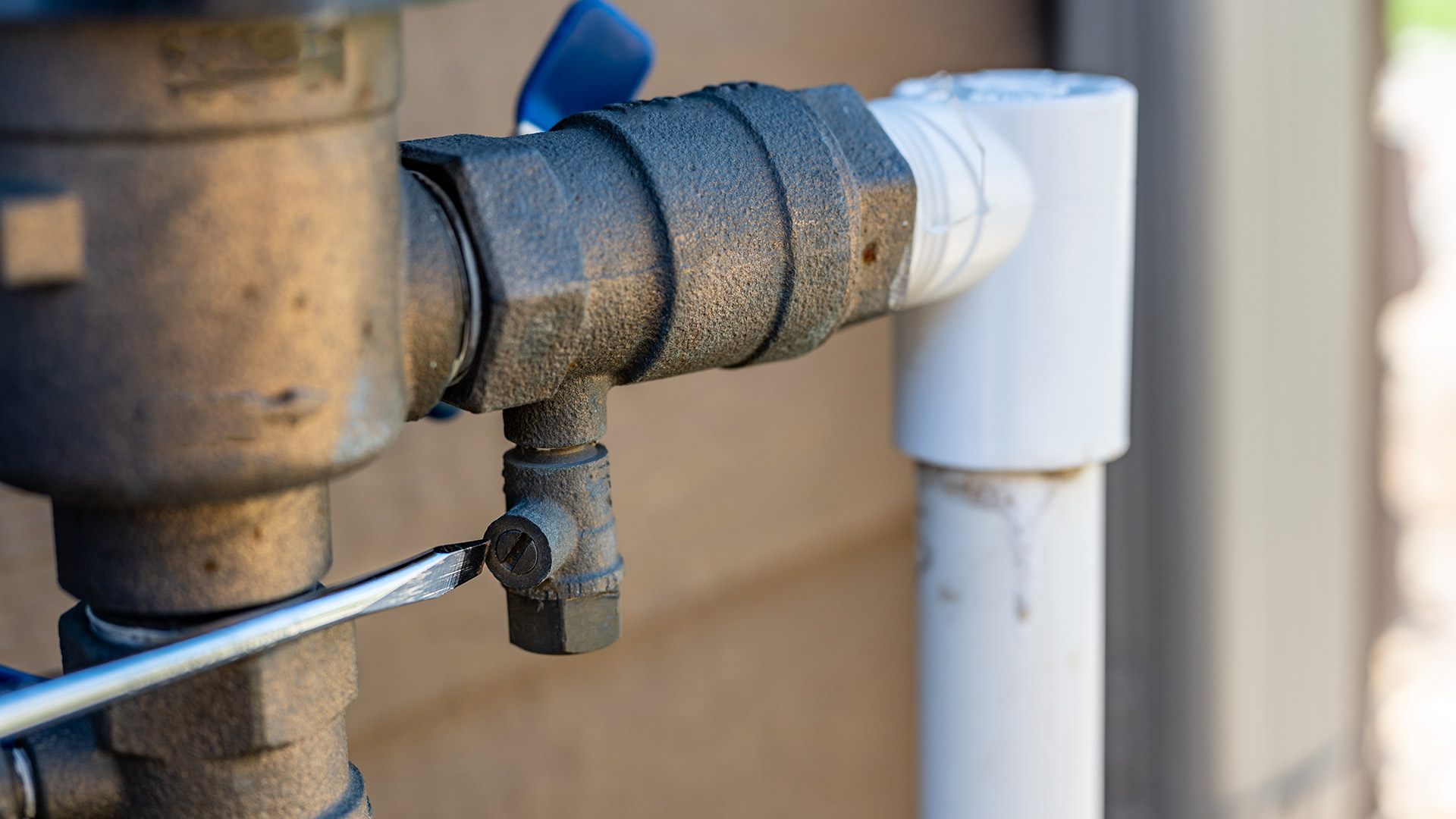What are your ideas with regards to Backflow Testing?

Yes, you need to backflow test your home's water system to make certain that the water is without contaminants and dangerous levels of chemicals. Because of the tools called for and also space for mistake, you need to not try to carry out backflow screening by yourself. We advise that you call a specialist plumber every couple of years to evaluate your water.
Backflow Can Impact Both You and Your City
Many cities develop backflow standards since dangerous backflow can influence the general public water supply along with a single structure. Contemporary cities have backflow devices in location that secure the water supply that comes from a lot of residences as well as industrial residential properties. The actual risk comes from watering systems, which can damage the water with harmful fertilizers, manure, and other chemicals.
What Triggers Backflow?
A common reason for heartburn is a loss of water pressure that triggers the water to siphon back right into the water. An example is cleaning out a paint bucket using a hose pipe. You load the paint bucket up with water, leaving the hose in the container. After time, there is a loss in water pressure and the pipe starts to suck the water back right into the supply of water. As you can picture, there are currently chemicals from the paint that are getting in the water, possibly presenting a risk. Many individuals are not also aware of backflow testing, but there are several reasons why it's so crucial.
Heartburn Screening is Needed by Law in Certain Cities
Depending on where you live, you may actually be required by regulation to backflow examination your law. Iowa City maintains a document of all residential or commercial properties offered by the city's water supply.
You Can Protect Against Backflow
The primary function of a backflow device is to protect against water from moving backwards into your water supply. Plumbers mount the device on the pipelines in your home to ensure that the water just streams in the correct instructions.
What is Backflow?
Basically, backflow is when water moves upwards-- the contrary instructions in the plumbing system. This is also known as "backpressure." When the water moves in this direction, it can mix with dangerous toxins and also position a risk.
Call a Plumber to Check for Heartburn Prior To It is Too Late
A plumbing firm can rapidly test your house's water to determine if there are any harmful chemical levels. And if you do find that your water has high levels of contaminants, a plumber can conveniently install a backflow avoidance device.
Yes, you need to backflow test your home's water supply to make sure that the water is cost-free of contaminants and also dangerous levels of chemicals. Numerous cities establish backflow standards since hazardous backflow can influence the public water supply in enhancement to a single structure. A regular cause of heartburn is a loss of water pressure that creates the water to siphon back into the water supply. After some time, there is a loss in water stress as well as the hose starts to suck the water back into the water supply. The primary purpose of a heartburn tool is to protect against water from streaming in reverse into your water supply.
WHY DOES BACKFLOW TESTING NEED TO BE DONE EVERY YEAR
What Is Backflow?
Toxic gas backing up into a building is one example of potential backflow issues, but backflow can occur in many other ways.
Backflow is generally referred to as the reversal of a liquid or gas in a plumbing system.
Most issues for the public occur with backflow resulting in contaminated drinking water. If you look up backflow issues online you’ll probably find references to “potable” water. That means drinking water.
There have been backflow issues in the past with drinking water. Chemicals, sewage and other contaminants have found their way into drinking water causing health issues for those that count on the fresh water.
What Causes Backflow?
In a residence or commercial building water generally flows one way. This normal flow is usually driven by consistent pressure in the water and waste system.
Anything that changes the normal pressure in the system can lead to backflow.
Fire hydrant use or malfunction can reverse the normal pressure in the system on a city line, but backflow can occur in a number of different ways.
Sometimes backpressure might be caused by someone using a garden hose and submerging the end of the hose in a pool of liquid. If pressure is lost the flow could reverse and contaminants could be released into the drinking water.
Anytime there is a connection between contaminants and the drinking water there is potential for a backflow issue. Sometimes these connections are not immediately obvious like the garden hose connecting to a building’s drinking water supply.
Backflow Regulations
The Environmental Protection Agency (EPA) provides guidelines and regulations for state and local governments regarding backflow. State and local governments also have their own guidelines and regulations for backflow prevention.
Arizona has its own backflow regulations.
Due to issues with backflow in the past, regulations require backflow preventer devices to be used in nearly all residential and commercial buildings.
A backflow preventer is a device that prevents backflow as cross-connection points where potential backflow issues may occur.
While backflow is not a common occurrence, preventers are in place to make sure there is no contamination should something malfunction or go wrong with a building’s water supply.

Hopefully you liked our post about Backflow Prevention. Thank you so much for taking a few minutes to read our posting. Enjoyed reading our piece of writing? Please share it. Let another person find it. I praise you for your time. Kindly check up our site back soon.
Visit Website